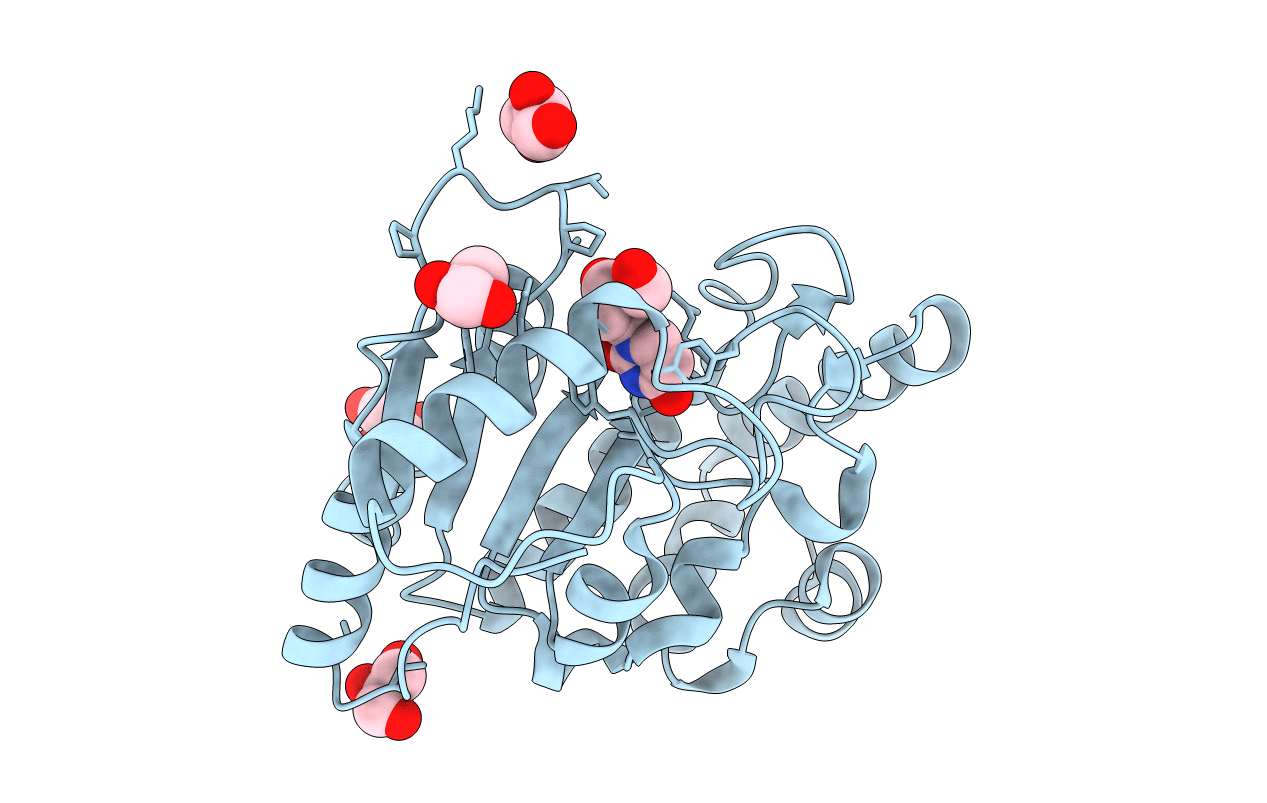
Deposition Date
2005-10-25
Release Date
2005-11-28
Last Version Date
2024-05-08
Entry Detail
PDB ID:
2C53
Keywords:
Title:
A comparative study of uracil DNA glycosylases from human and herpes simplex virus type 1
Biological Source:
Source Organism:
HUMAN HERPESVIRUS 1 (Taxon ID: 10298)
Host Organism:
Method Details:
Experimental Method:
Resolution:
1.80 Å
R-Value Free:
0.21
R-Value Work:
0.16
R-Value Observed:
0.16
Space Group:
P 1 21 1


